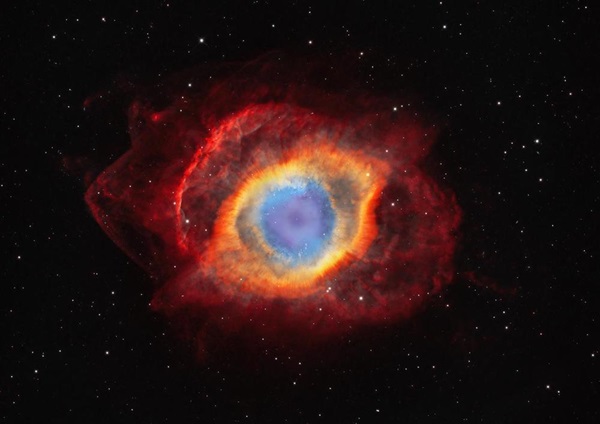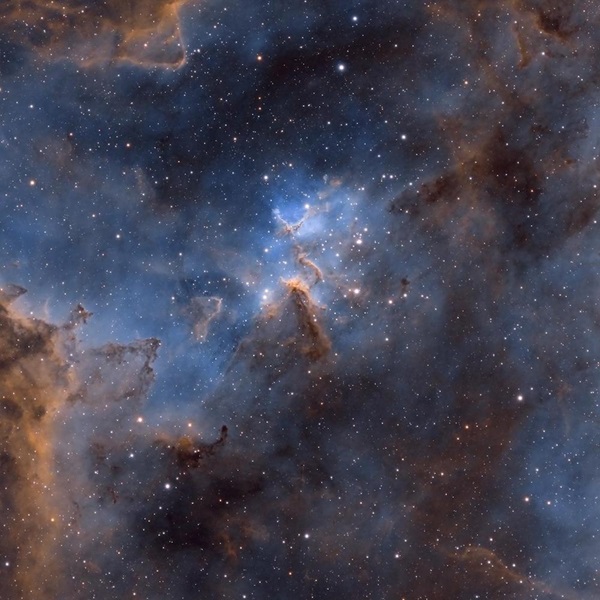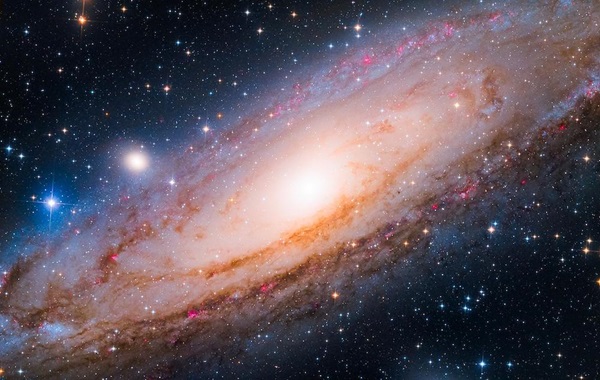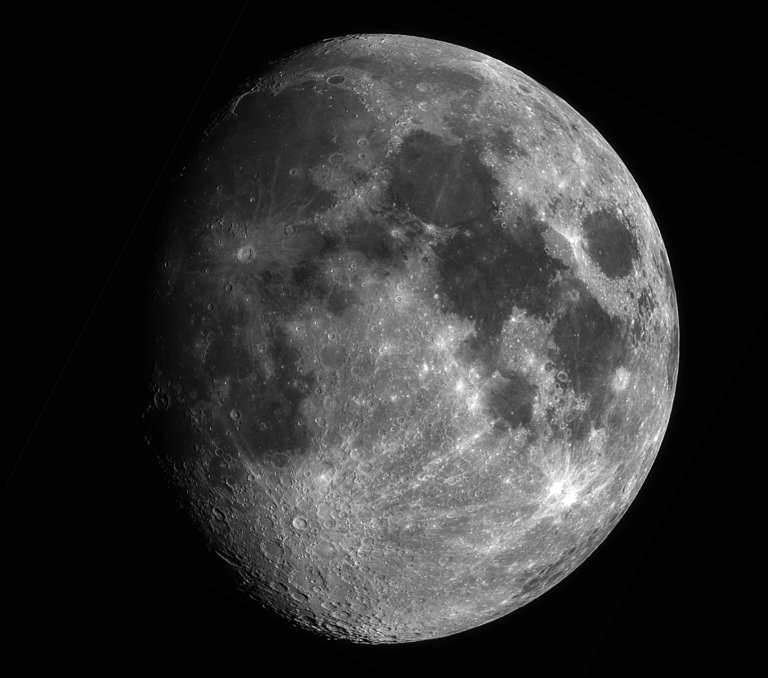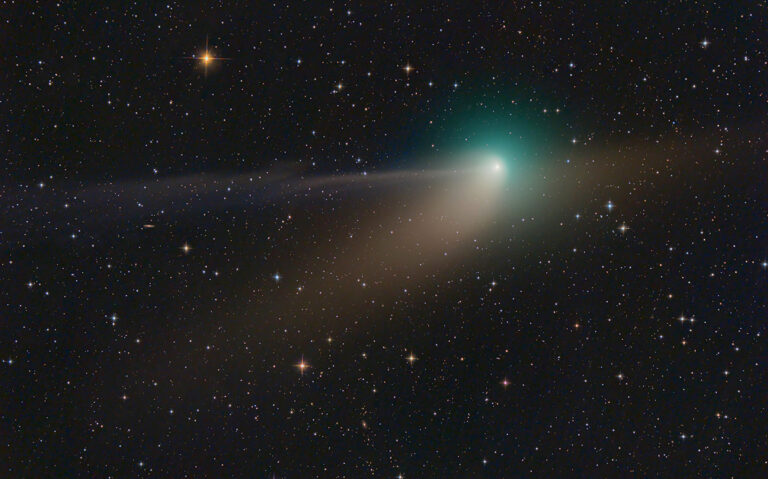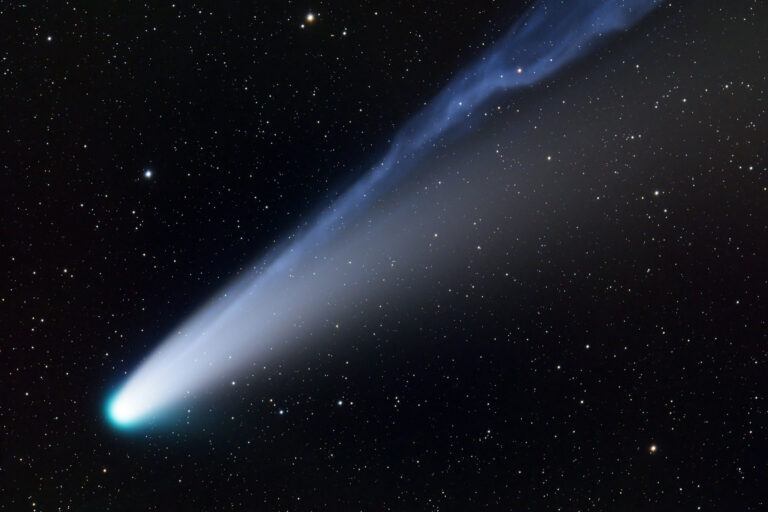Key Takeaways:
For 35 years, Gerald Rhemann has spent many nights examining the skies and photographing hundreds of comets. But on December 25, 2021, he was gifted a special cosmic present.
While targeting the sleek, blue Comet Leonard, Rhemann captured a dramatic and fleeting phenomenon called a disconnection event, which occurs when a chunk of the comet’s tail gets pinched off and carried away by the solar wind. That stunning shot ultimately won him astrophotography’s highest honor.
Last week, the Royal Museums Greenwich Astronomy Photographer of the Year 2022 dubbed Rhemann’s image the winner of Planets, Comets and Asteroids category, as well as the overall winner. According to the museum, many photographs featured comets racing across space, however his shot “really blew the judges away.”
Rhemann says he did see the possibility of winning something for his photograph, but winning the overall prize was definitely a highlight. Although a seasoned astroimager, Rhemann still finds comets to be some of the most challenging astral objects to photograph.
“Imaging comets is one of the most complicated tasks in astrophotography. You have to be careful not to miss a night and be ready in time,” Rhemann told Astronomy via email. “Processing is difficult because the comet moves within the exposure time, and, as in this case, the comet tail structure changes very quickly. To get a sharp comet and pinpoint stars at once, your experienced processing skills are a must.”
The other 10 contest winners were also announced at the same time as Rhemann. The winning shots included images ranging from colorful nebulae to the juxtaposition of humans and space. Winners and shortlisted photos are on display in an exhibit at the National Maritime Museum in London until August 2023.
[Editor’s note: This article has been revised to reflect a change in the winner of the newcomer category.]
Listed below are the other category winners:
Skycapes winner
Sun winner
Moon winner
Image taken in St Albans, Hertfordshire, UK.Equipment used: Home-built 444 mm Dobsonian Newtonian reflector telescope, home-built Equatorial Tracking Platform mount, Astronomik 642nm IR filter lens, ZWO ASI174MM camera, 12.8 m f/29, multiple 29-millisecond exposures.
Galaxies winner
Image taken in Pie Town, New Mexico, USA. Equipment used: ATEO 16″ f/3.7 Dreamscope Astrograph Newtonian telescope, Paramount ME II mount, Baader LRGB filter, FLI Proline 16803 CCD camera, 1558 mm f/3.7, 56 x 300-second Lum. exposures (10 hours total exposure), 1×1 binning.
People and Space winner
Image taken in Florence, Arizona, USA. Equipment used: Celestron C11 and Explore Scientific AR127 telescopes, iOptron CEM70 mount, UV/IR Cut filter, ZWO ASI174MM and Sony A7 II cameras, 2,800 mm f/10, 0.3-millisecond exposure.
Aurorae winner
Stars and Nebulae winner
The Sir Patrick Moore Prize for Best Newcomer
Image taken at Bruton, Somerset, UK. Equipment used: SkyWatcher Evostar 80ED telescope (with 0.85x reducer), Baader ultra narrowband filters, SkyWatcher EQ6R-pro mount, ZWO ASI2600MM Pro camera, 510 mm f/6.37, 333 x 300-second (H-alpha x 102, OIII x 129, SII x 102) exposures








